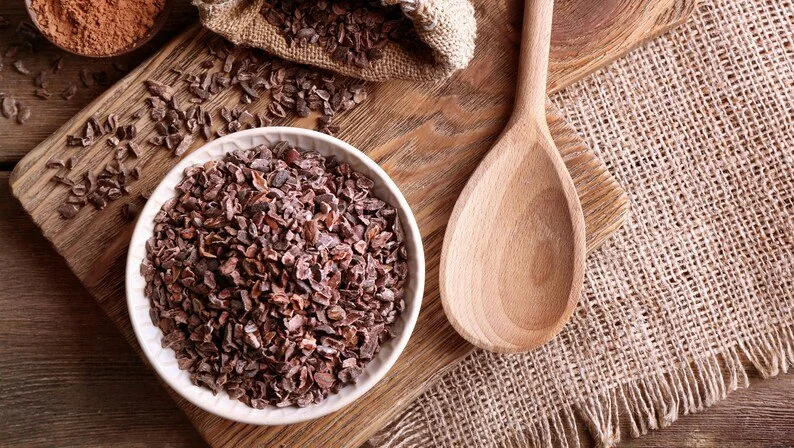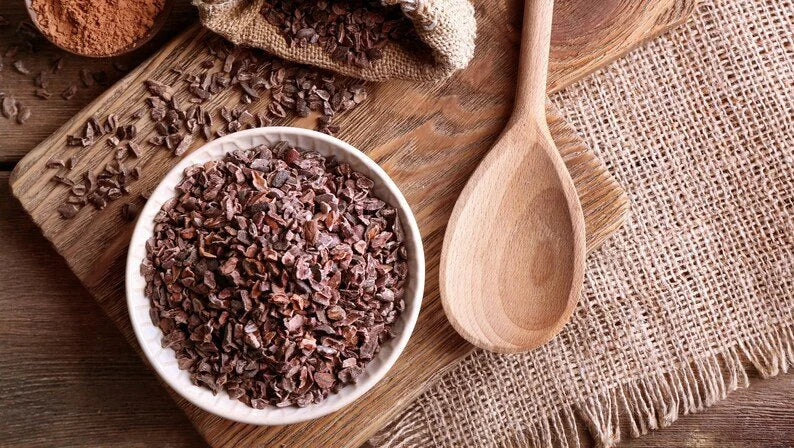
Making chocolate is a fascinating process that transforms cacao beans into the sweet treat we all love.
Here’s a step-by-step overview of how chocolate is made:
1. Harvesting
Cacao Pods: Cacao trees produce pods containing cacao beans. Workers harvest these pods by hand, using machetes.
Extraction: The pods are opened to remove the beans, which are surrounded by a sweet, white pulp.
2. Fermentation
Initial Processing: The extracted beans and pulp are placed in shallow containers or wrapped in banana leaves to ferment for several days.
Flavour Development: Fermentation is crucial as it develops the beans' flavor and reduces bitterness. This process also helps to separate the pulp from the beans.
3. Drying
Sun Drying: After fermentation, the beans are spread out in the sun to dry. This step reduces moisture content and prepares the beans for storage.
Quality Control: Proper drying is essential to prevent mold and ensure good flavor development.
4. Roasting
Roasting Beans: Dried beans are roasted at controlled temperatures to bring out their flavor. The temperature and duration depend on the desired chocolate profile.
Shelling: After roasting, the beans are cracked open to remove the outer shells, leaving behind the cacao nibs.
5. Grinding
Cacao Nibs: The nibs are ground into a thick paste called cocoa mass or cocoa liquor. This process releases cocoa butter, the fat found in cacao.
Separation: Depending on the type of chocolate being made, the cocoa butter can be separated from the solids for further processing.
6. Mixing
Ingredients: For dark chocolate, the cocoa mass is mixed with sugar and sometimes additional cocoa butter. For milk chocolate, milk powder is added as well.
Blending: The mixture is blended to achieve a smooth consistency. The ratio of ingredients will determine the chocolate's flavour and texture.
7. Conching
Refining: The chocolate mixture is then conched, which involves continuously mixing and aerating it. This process smooths the chocolate, enhances flavor, and reduces acidity.
Duration: Conching can take several hours to days, depending on the desired quality.
8. Tempering
Temperature Control: Tempering involves carefully heating and cooling the chocolate to stabilize the cocoa butter crystals. This process ensures a glossy finish and prevents the chocolate from melting easily.
Texture: Properly tempered chocolate has a smooth texture and a satisfying snap when broken.
9. Molding and Cooling
Shaping: The tempered chocolate is poured into molds to create bars, shapes, or other products.
Cooling: The molds are then cooled to allow the chocolate to set properly.
10. Packaging
Final Touches: Once cooled and hardened, the chocolate is removed from the molds, inspected, and packaged for distribution.
Conclusion
From the careful harvesting of cacao pods to the final packaging, the chocolate-making process is intricate and requires expertise at each step. Understanding this process can deepen appreciation for the craftsmanship that goes into producing chocolate, making every bite a little more special!







